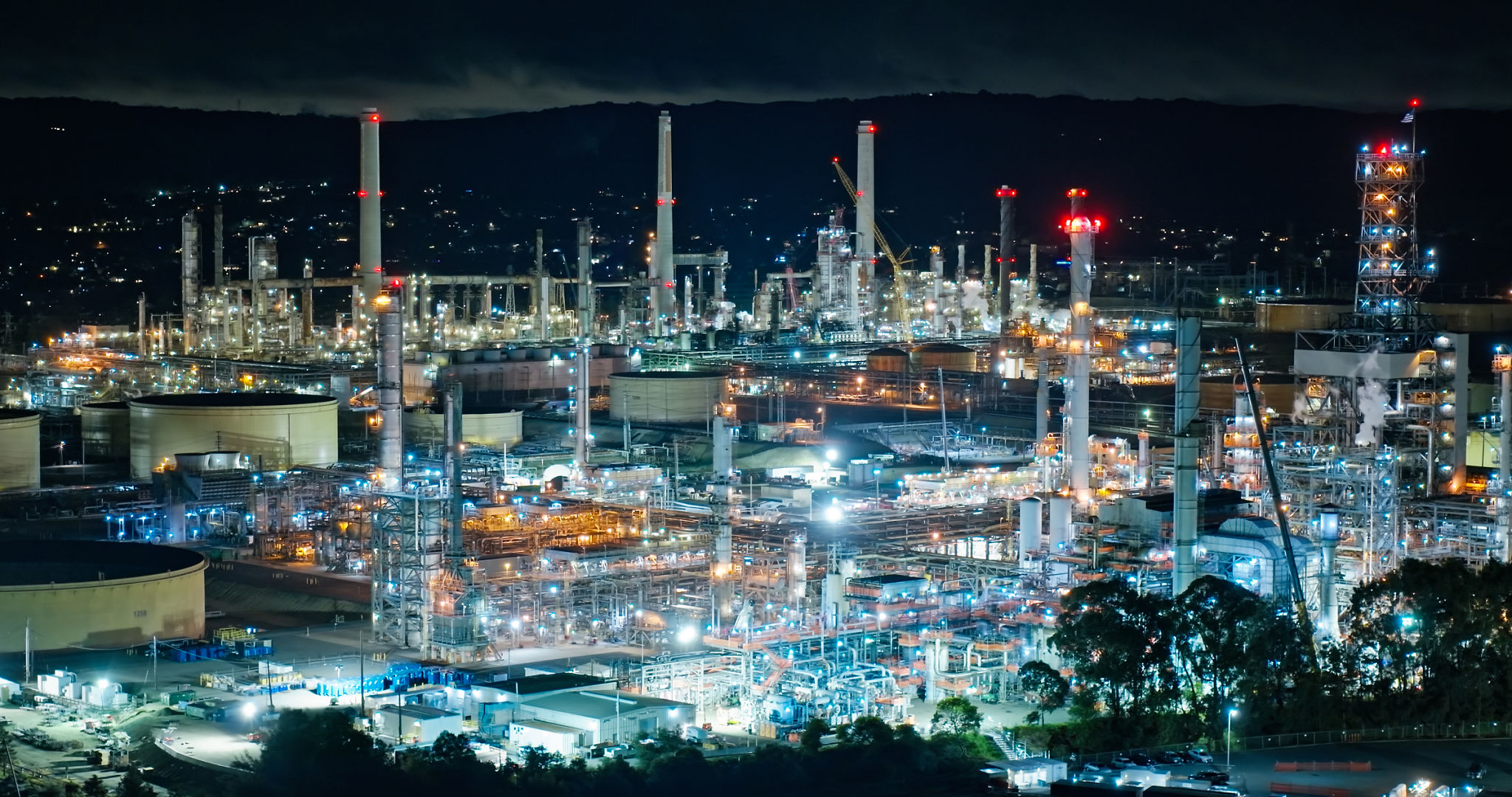Comparing Argon and Acetylene: Which Gas is Right for Your Project?
Understanding Argon and Acetylene
When it comes to selecting the right gas for your project, understanding the distinct properties and applications of both argon and acetylene is crucial. These gases are frequently utilized in welding and other industrial processes, each offering unique benefits. In this blog post, we'll delve into the characteristics of argon and acetylene to help you decide which gas is best suited for your needs.

Argon: The Inert Gas
Argon is a noble gas, known for its inert properties. Being one of the most commonly used shielding gases in welding, argon offers excellent protection against atmospheric contamination. Its primary role is to create an inert atmosphere that prevents oxidation during the welding process.
Argon is particularly effective when welding non-ferrous metals such as aluminum and stainless steel. It provides a stable arc, making it easier to control, especially for those new to welding. Additionally, argon is often used in combination with other gases, like carbon dioxide, to enhance its performance in specific welding applications.
Acetylene: The Combustible Choice
Acetylene is a hydrocarbon gas known for its combustibility. It is primarily used in oxy-acetylene welding and cutting due to its high flame temperature. This high temperature allows for quick and efficient cutting of metals, making acetylene a preferred choice for projects requiring rapid material removal.

An advantage of using acetylene is its ability to produce a concentrated flame, which provides precise control over the heat applied to the material. This precision is particularly beneficial in applications where minimal heat distortion is critical. However, due to its flammability, handling acetylene requires strict adherence to safety protocols.
Comparing Costs
When considering costs, argon and acetylene differ significantly. Argon tends to be more expensive than acetylene due to the processes involved in its extraction and purification. However, the cost of using argon can be offset by its efficiency and the quality of results it delivers, especially in delicate welding applications.
Acetylene is generally more affordable and provides a cost-effective option for projects where speed and material removal are priorities. It's essential to weigh the initial costs against the potential benefits and efficiencies each gas can bring to your project.

Safety Considerations
Safety should be a top priority when working with either argon or acetylene. Argon, being inert, presents fewer direct safety risks but can displace oxygen in confined spaces, leading to potential asphyxiation hazards. Proper ventilation is crucial when working with argon.
On the other hand, acetylene's flammable nature demands careful handling and storage. Ensure all equipment is in good condition and regularly inspected to prevent leaks and potential accidents.
Selecting the Right Gas for Your Project
Choosing between argon and acetylene depends largely on the specific requirements of your project. Consider the materials you are working with, the desired speed and precision of your work, and budget constraints. For projects involving non-ferrous metals or requiring an inert atmosphere, argon is likely the better choice. If rapid cutting or high-temperature applications are needed, acetylene might be more suitable.
In conclusion, both argon and acetylene have their place in industrial applications. Understanding their strengths and limitations will help you make an informed decision, ensuring the success and safety of your project.
